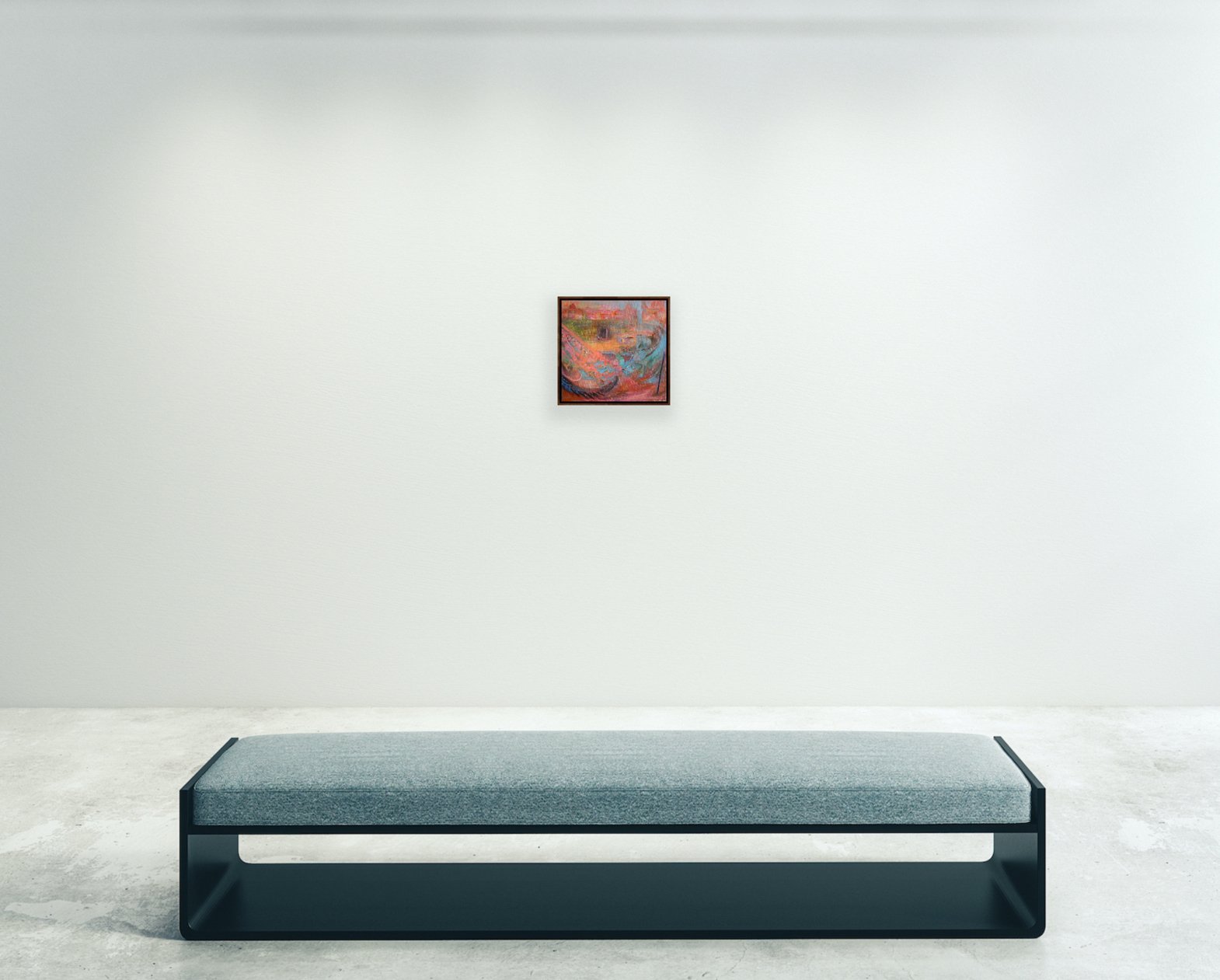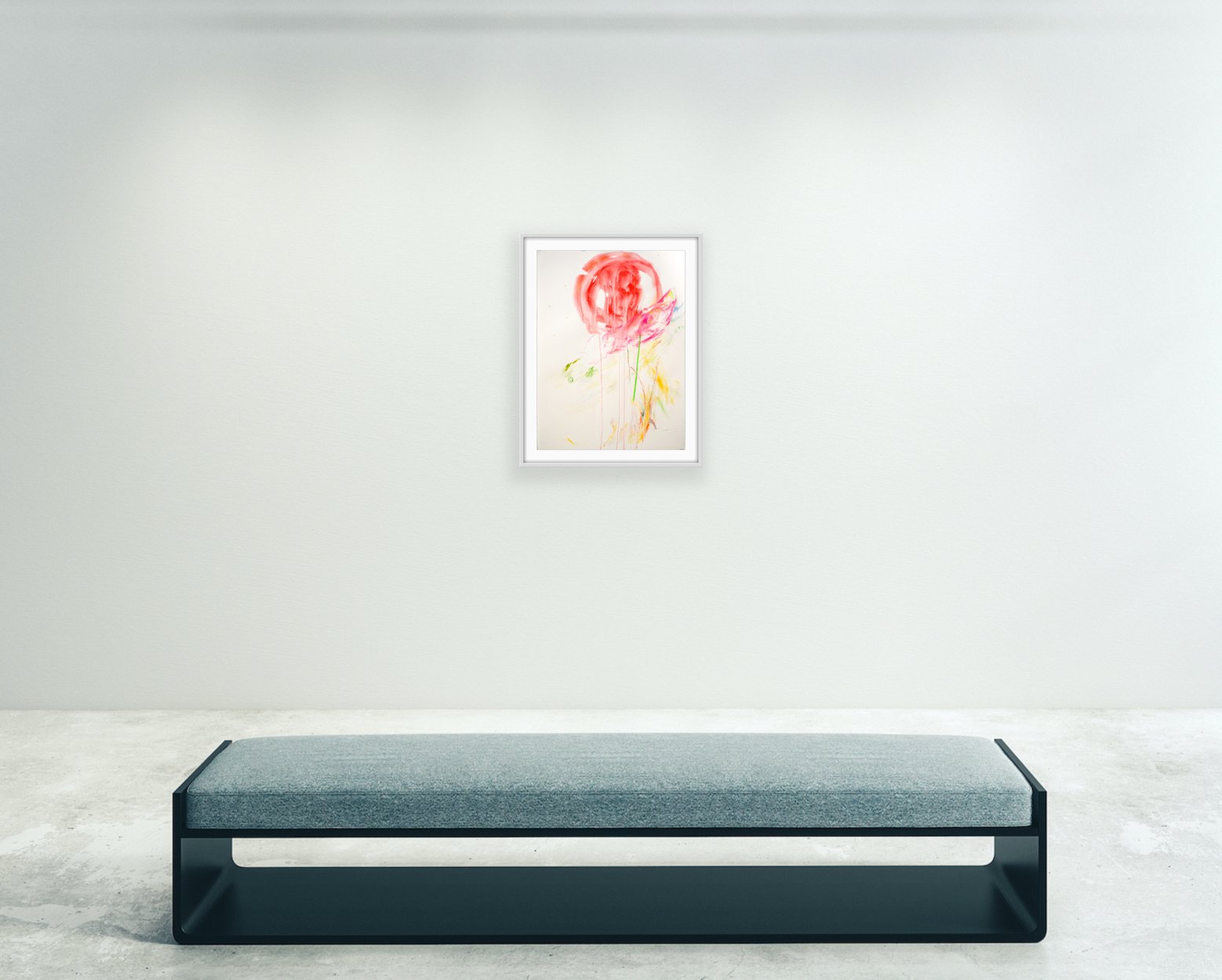Blood, Rose, Anemone (Adonis) 2 by Marius von Brasch




Blood, Rose, Anemone (Adonis) 2 by Marius von Brasch
Description: Oil on linen
Size: 15.75 x 15.75 inches (40 x 40 cm)
Year: 2017
Signed
Framing not included. Contact us for custom framing options & pricing
Artwork Insights:
Part 2 of a series of 3 paintings: Blood, Rose, Anemone (Adonis).
“Bion, a Hellenistic poet (2nd c., BC), voices Venus in her lament for her dead lover Adonis 'The goddess of Paphos pours forth as many tears as Adonis pours blood, and all of it turns to flowers on earth: the blood produces the rose, the tears the anemone.’
These small works refer to the popular baroque and Renaissance painting subject The Death of Adonis, one more in the queue of male gods sacrificed for new life. In ancient painting the subject offered a welcome occasion to brush along beautiful male bodies. However, with the twist that here the image of masculinity is changing from heroic to elegiac, yielding and sensuous postures - interestingly enough only available by death. I asked myself, am I becoming Venus when I lament Adonis as a painter?
Painting 1: a magical and hopefully delicate enough forest where Adonis might hunt.
Painting 2: a field with Adonis fighting.
Painting 3: the decay of Venus’ love, elements of Venice came to my mind, the boat which gets the gods through the underworld, a fading stream of desire/tears.
My three pieces are ‘minor’, marginal notes on classical paintings. They respond in a non-literal way to the context, there aren't any direct references to Adonis’ body, my focus having been more on the aspect of intimacy of the constellation and on a juxtaposition or fusion of energy and ‘delicateness’.
‘Delicateness' still serves hinting at queerness in men and I like to play with this projection. It talks about a quality needed for scenarios that aim beyond gender division, towards being able to becoming-Venus and touch the Adonis theme with both tenderness and power.
There is a parallel to the myth of Osiris I frequently refer to, to the sun god dismembered by his brother who has to undertake a journey through the ‘other night’ and who can be reassembled only by the love of his sister/wife/mother Isis: when I collect digital fragments around the theme of Osiris, assemble a painting that provides a symbolic body for him and a potentially dissociative journey, I have to be open to feel and become both, fragmentation and reassembling, to shift between genders like the fluid agent Mercury in alchemy.
I have made two other paintings Venusboy on the subject, quoting typical Baroque postures” - Marius von Brasch










